Between a Farm and a River
Guest blog by Megan Davey, 2022 Southwest Emerging Artist Scholar; American Rivers and the FreeFlow Institute
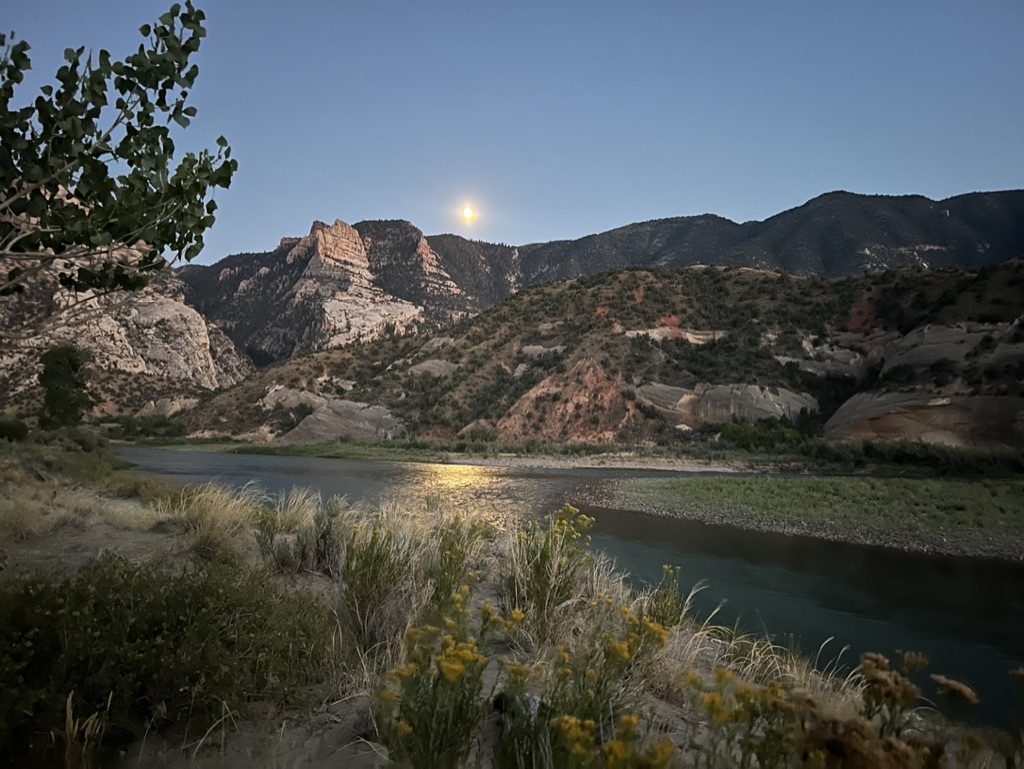
I left my house early this morning to make the trek north to Vernal, Utah, where the rest of our crew was set to meet. It’s a Friday in early September, which normally would mean I’d be finishing up any last-minute vegetable harvesting and packing, and then heading out for deliveries. This has been my routine for the last five months, as I run a vegetable farm with my partner in Southwest Colorado, fed and irrigated by the Mancos River.
For years now, I’ve settled into a rhythm each season that becomes the foundation for my daily and weekly activities – the main components consisting of planting, weeding, harvesting, washing, and delivering. Sometimes it’s planting seeds into flats of trays – 72 cells, 98 cells, 128 cells, and sometimes it’s transplanting hundreds of baby lettuce heads into the field beds, on their way to eventually becoming our salad mix, of which we sell hundreds of pounds each week. Sometimes it’s digging carrots out of our heavy clay soil (a job that has broken many digging forks), and sometimes it’s picking cherry, heirloom, and “slicer” tomatoes (a job that needs to be done every other day because of how fast the fruit ripens in the peak of the season).
But I’m not on the farm today. Instead, I’m cruising along in my Subaru, comfortably enjoying the air conditioning and a cold brew coffee I picked up in Moab. I’ve just turned onto I-70, heading east after passing through Moab and Arches National Park. There’s an episode of “You’re Wrong About” playing on my car’s stereo, but all I can hear are my thoughts, relentlessly asking over and over, “What are you doing?”
I’m certainly feeling some guilt for abandoning my station at the farm. I’m also mildly ecstatic to be off the farm and headed to a river. I’m anxious about meeting the group in person, wary of the impact negative group dynamics can have, and self-conscious about my own personality traits that can come off cold or sarcastic.
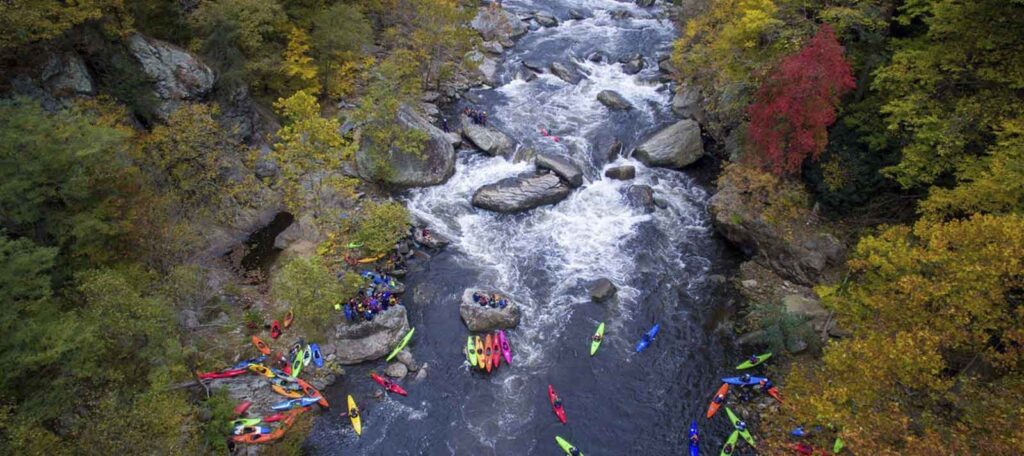
Let's Stay In Touch!
We’re hard at work for rivers and clean water. Sign up to get the most important news affecting your water and rivers delivered right to your inbox.
We briefly met on Zoom twice before this trip, but those calls flew by with talk of logistics and what to expect on the river. From what I can tell I’m the only person of color in the group, and instinctively my guard goes up, influenced by one too many past experiences of off-handed comments or feelings of being “othered” by my ethnic ambiguity. I’m not a writer (or would never outwardly call myself one), and this trip is a writing workshop. Yes, I try to reassure myself, I received a scholarship that allowed me access to this trip, but will I be able to hold the charade for five days with the rest of the crew?
These thoughts all swirl in my head, but I try to keep them at bay by remembering the powerful presence of the river. It’s been a few years since I’ve had the privilege of a river trip. Still, those memories are there: camping along the Upper Klamath and floating the Rogue in Southern Oregon, the steep canyon walls and Amtrak train passage through Ruby Horsethief Canyon. It’s a feeling of home.
Much more than one physical place, I’ve found, and continue to find, this feeling of home in a variety of ecosystems – forested rivers on the Cascade-Siskiyous, sandstone deserts of Southeast Utah, alpine ecosystems of the San Juan Mountains. These places provide a respite for my overactive mind and a grounding when I feel untethered. It’s a feeling of letting the walls down, knowing these landscapes can hold me as I am, no preconceived notions.
A CONFLUENCE OF PRIORITIES
We’ve wrapped up our evening orientation the night before launching into the Gates of Lodore. I’ve just pulled up to my home for the night, a welcoming pull-out off of a dirt road on a BLM parcel just east of Vernal. My car is just big enough for me to sleep in, my own casita for the night. There’s one other vehicle camping out here, but my solitude is protected by a half mile or so. But sleep is slow to come tonight, so I gaze up at the stars out the side window. The pitter-patter of little desert mice scurrying beneath my car pulls me back from the brink of sleep. My thoughts are taken back to Mancos, and the mice that also make their homes in the walls of our house. As I finally drift towards slumber, I wonder how different this river experience will be, compared to my home Mancos River.
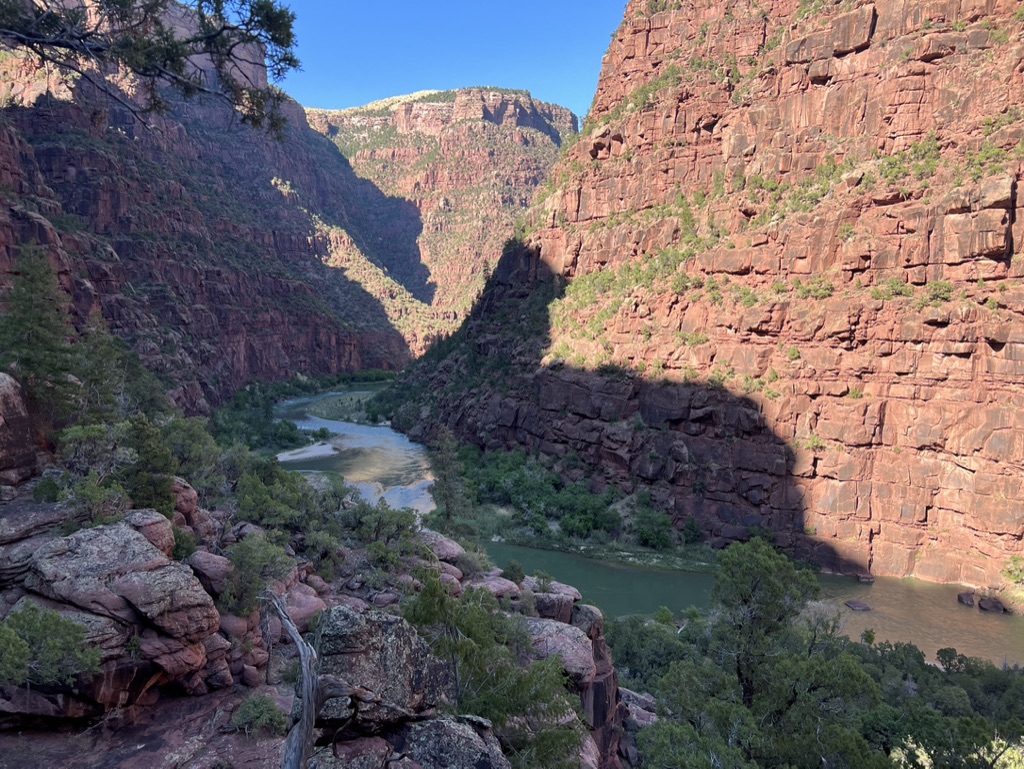
Forming in the peaks of the western La Plata Mountains at around 13,000 feet in elevation, the Mancos River is small but mighty. Often overlooked in comparison with the neighboring river networks of the Animas, Dolores, and San Juan, the Mancos River feeds the agricultural communities of Mancos, Mesa Verde National Park, and the Ute Mountain Ute Reservation – including us, Outlier Farm. It continues flowing onto the Navajo Nation before meeting with the San Juan River in Northwest New Mexico. Aside from the occasional impromptu river crossing or searching for rapids created by runoff flows, there is little recreational use of this river. Instead, its primary purpose is agricultural, and it is not uncommon for the river to diminish to a trickle in the late summer months.
When I began farming in the Mancos Valley in the Spring of 2019, I also began learning about the way water is administered in Colorado. As with many states in the Western U.S., water in Colorado is determined by the doctrine of Prior Appropriation. Essentially, those who used water for a “beneficial use” first, have a senior position, or a higher “priority”, in years when there is not enough water to go around. But what did that mean for the water that flowed by our farm in our irrigation ditch? How did that relate to legal terms like “prior appropriation” or “beneficial use?” What about communities like the Southern Ute Indian Tribe or the Ute Mountain Ute Tribe, who have been in these places for millenia – why did they seemingly have “junior” rights?
As I became more and more obsessed with these questions, my pursuit of answers led me to a cohort-style educational program for farmers and ranchers I found online. This was a can of worms I’m still in today – I now run that same program I was a participant in, through the National Young Farmers Coalition. We provide education and resources not just on water administration and water laws, but supplement that with education on advocacy and the importance of being involved in the protection of water in the West.
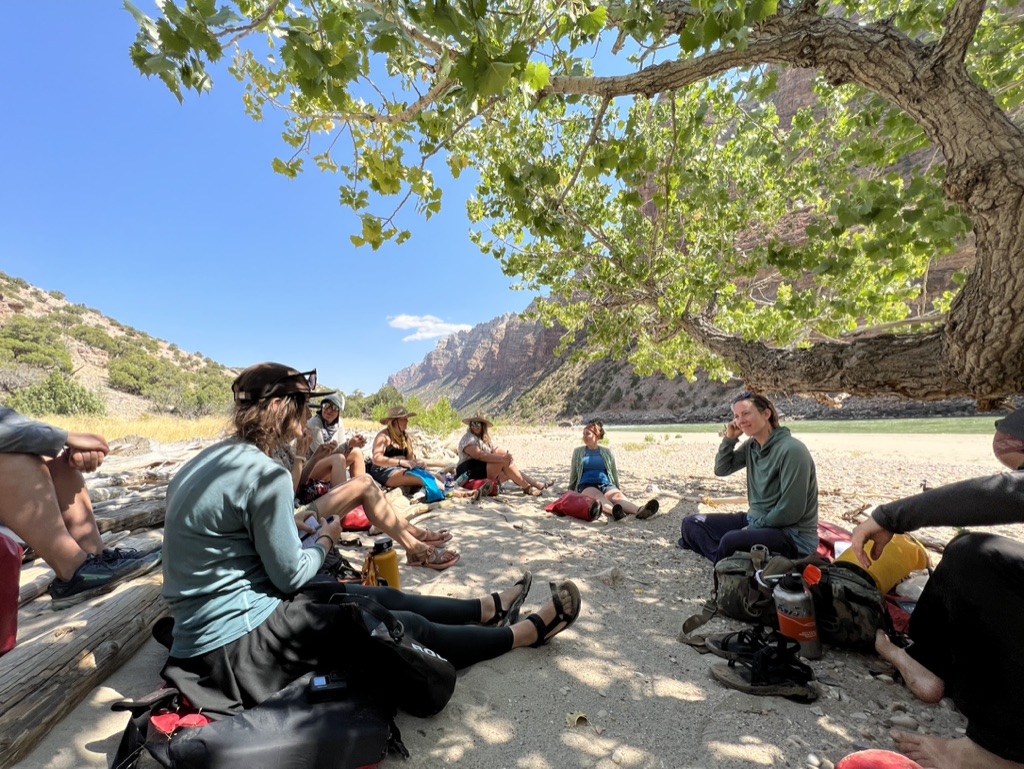
The main principle that drew me to Freeflow Institute and the Gates of Lodore was the intersection of creativity and art, with the need for advocacy and protecting these wild places. Perhaps because I had not nurtured creative pursuits in a while, but these concepts all appeared separate to me. Instead, that was the foundation of this trip. And I was yearning for it. As we floated and hiked over the next five days, shared conversations and stories, and got to know each other’s personalities and passions, deep connections were formed. I was seen by this inspiring group of women. I could crack my snarky jokes with Mack, and I could feel my big feelings with Molly, not afraid of letting my tears flow when they needed to. They could see me, but I could also see myself in them. As our time on the river dwindled and our connections forged, I could begin to picture a life with intentional creativity for myself.
EMBODYING ADVOCACY
It’s now the following January, and I’m in a new place. Years of physical and mental burnout, exacerbated by drought and other climate impacts, has taken its toll on my partner and me, and we need a season of rest to reset before exploring the future and what may be next. Our current home is in the headwaters of the Animas River, high up in the San Juan Mountains. The snow has a satisfying crunch under my feet as I run up a snow-packed road. It’s been a bountiful start to the winter, and I’m hoping the frequent storms continue, replenishing the snowpack and calming my anxieties about the future to come (for now, anyways).
As I plod along on my feet, I’m planning in my head. I am currently working with a cohort of ten farmers and ranchers in Colorado, and I’m putting together an agenda for an upcoming workshop, preparing for a massive day of advocacy in Washington D.C. with other farmers from across the country. The Green River and my time in the Gates of Lodore is a constant presence as I carry out this program, inspiring me to think creatively about how I structure our fellowship, and how I can support this cohort.
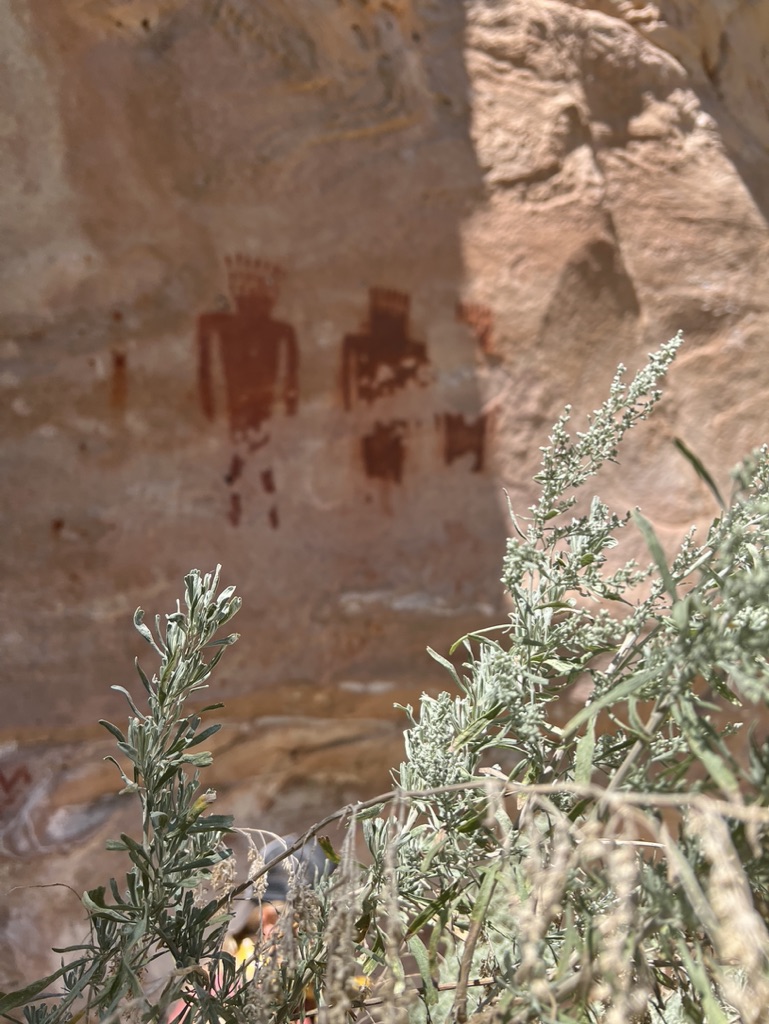
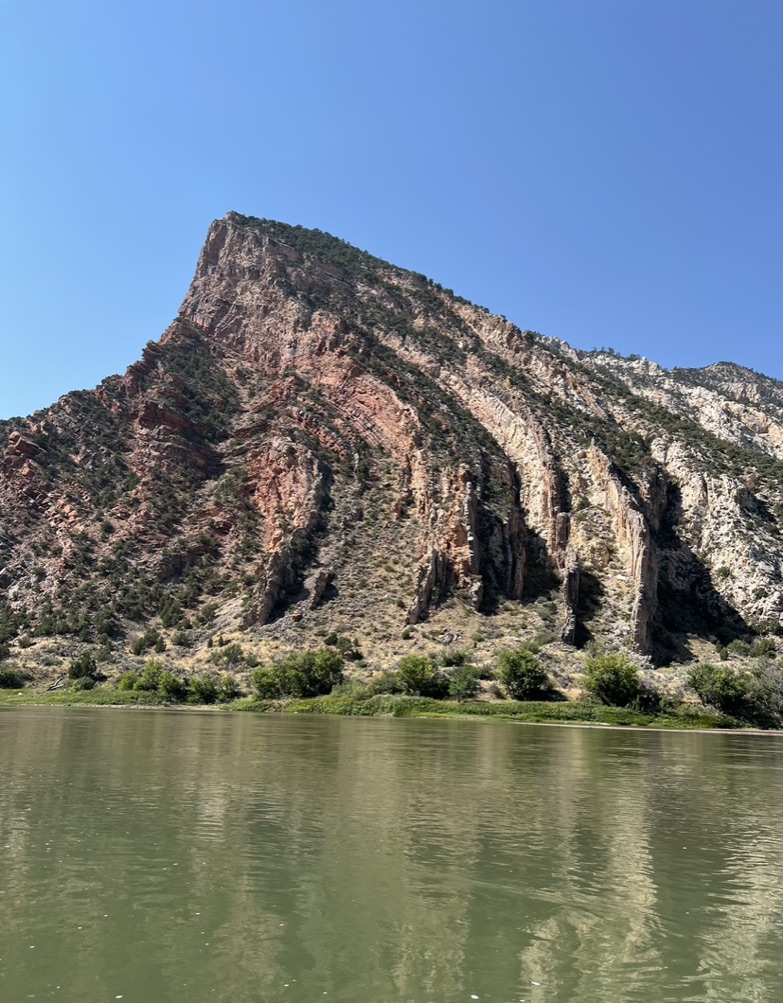
There are very real and tangible outcomes from my work that I am proud of, such as providing opportunities for farmers to meet with their legislators, or supporting these farmers as they work on individual community projects and look for positions on decision-making groups. The lack of representation for young farmers of color and women/nonbinary farmers is stark, so it is absolutely fulfilling to watch these farmers step into these spaces. I aid in the facilitation of this path, just as was done for me, but the most important point I emphasize to my cohort is that they already have the skills they need – their stories and their voices.
This is a Farm Bill year, happening every five(ish) years, and it presents a huge opportunity for us to share our intersectional stories of land, water, and climate issues: the challenges we face and ideas for solutions to make the future seem a little more attainable. I often need to remind myself that just as impacts to the headwaters of a river are felt downstream, this federal advocacy is also felt on the ground at the farms of our network members.
But perhaps most important are the relationships that form amongst the cohort, and the embodiment of being an advocate for water, land, community, and the places that make us whole. This embodiment, something I continue to strive for, offers an ethos, a foundation upon which more holistic decisions can be made long into the future.
Each year American Rivers’ Southwest River Protection Program partners with the Freeflow Institute to provide 1-2 scholarships to support regional writers and artists interested in river conservation in attending on-river workshops hosted by established writers. Megan Davey received the 2022 Southwest Emerging Artist Scholarship from American Rivers to participate in a FreeFlow Institute writing workshop with Heather Hansman on the Green River, which led to this essay.
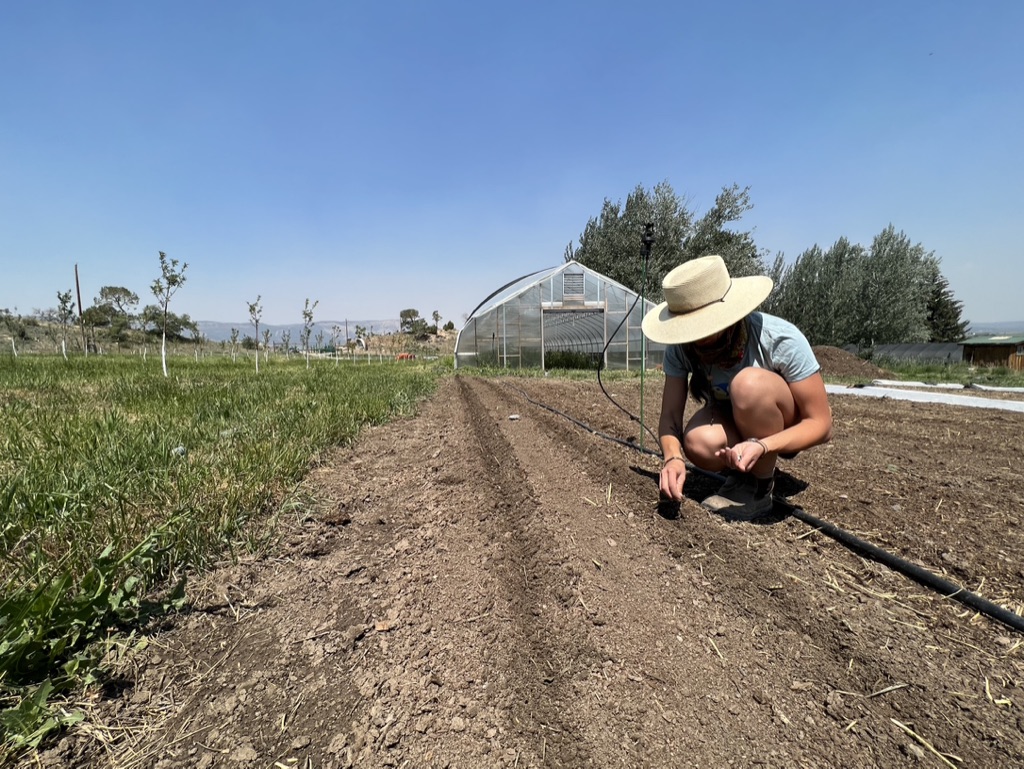
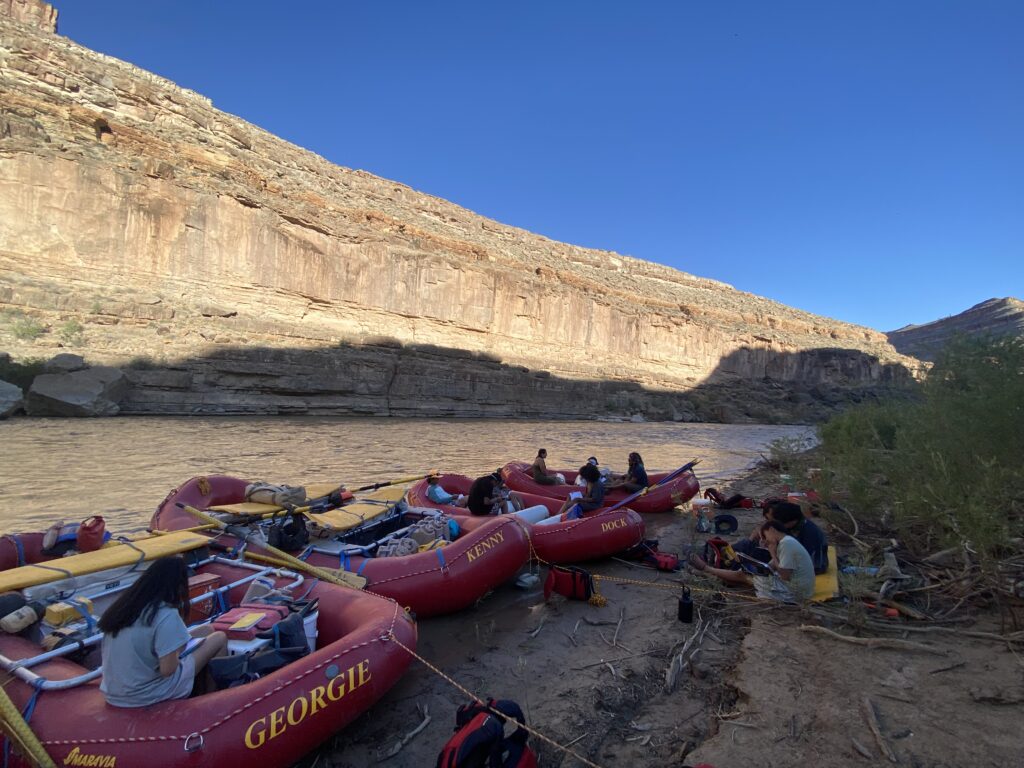
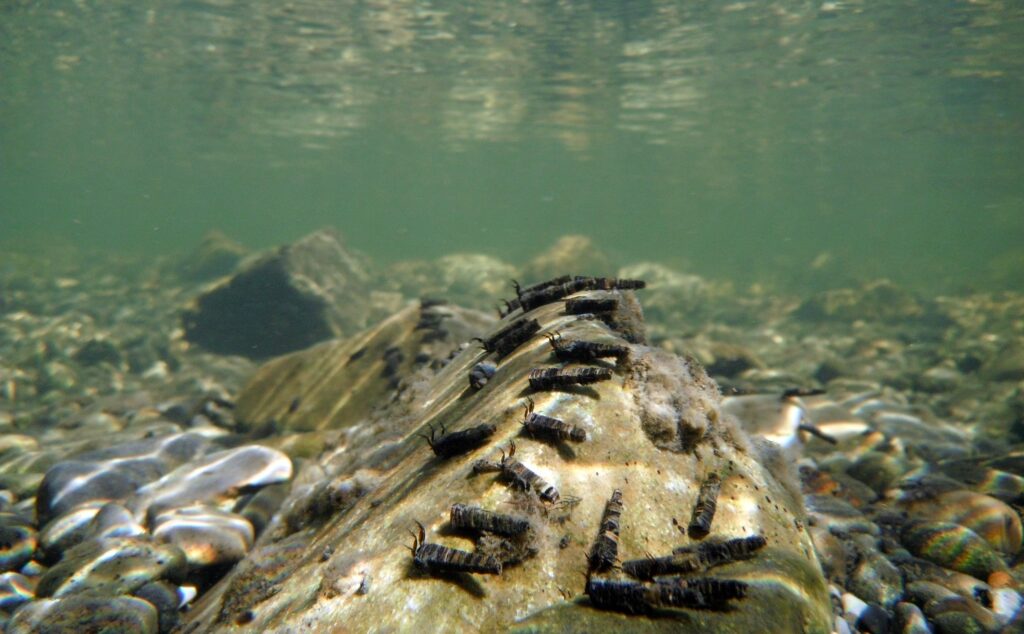
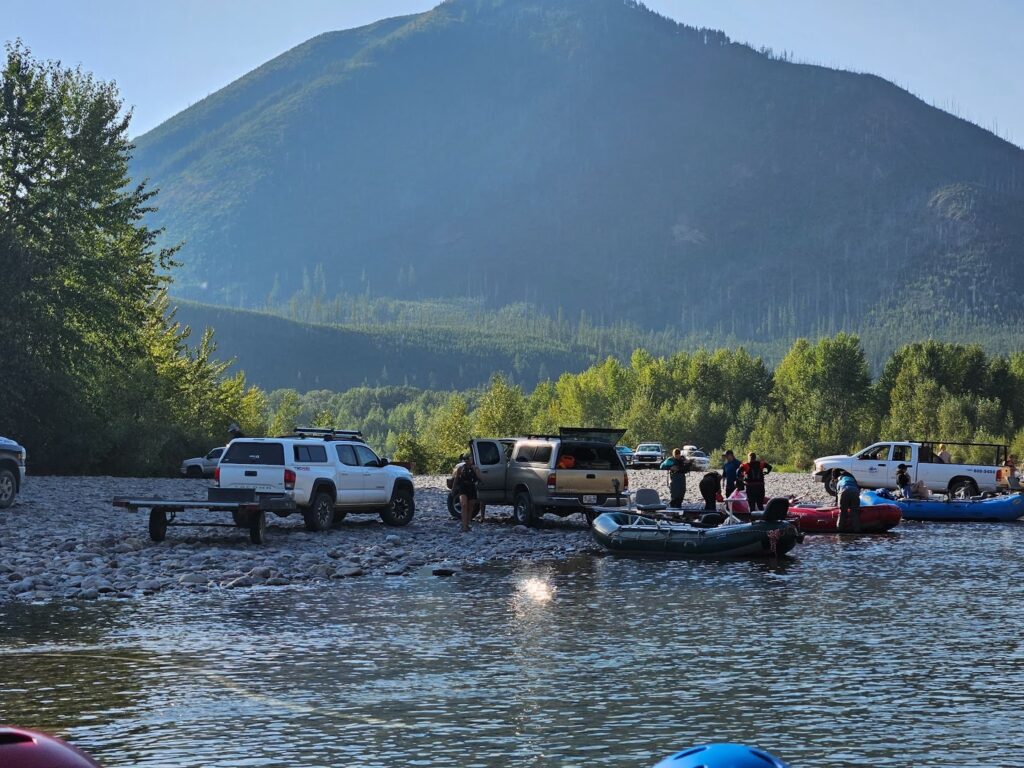
1 response to “Between a Farm and a River”
Felt inspired to share this article with my friends and family, as the State of Georgia prepares for climate changes. Thank you, your writing is very creative and inspires one to do their own research about lifestyle changes and how farmers have had to adapt over the years. Kelsi B. Brooks (Atlanta, Georgia)